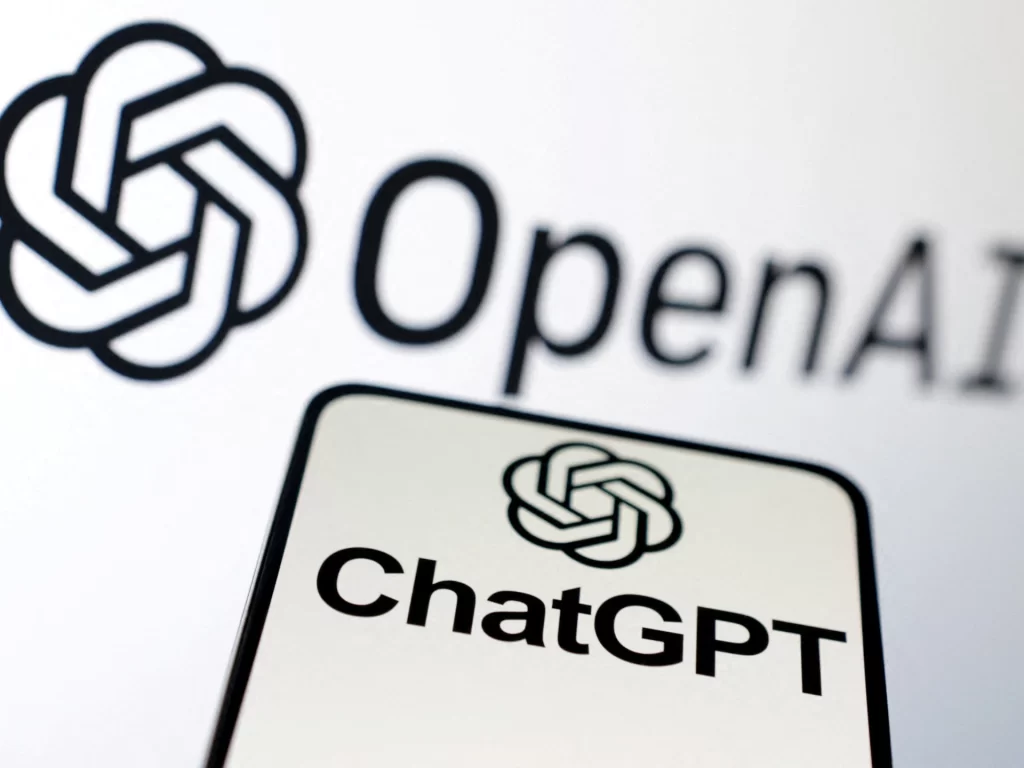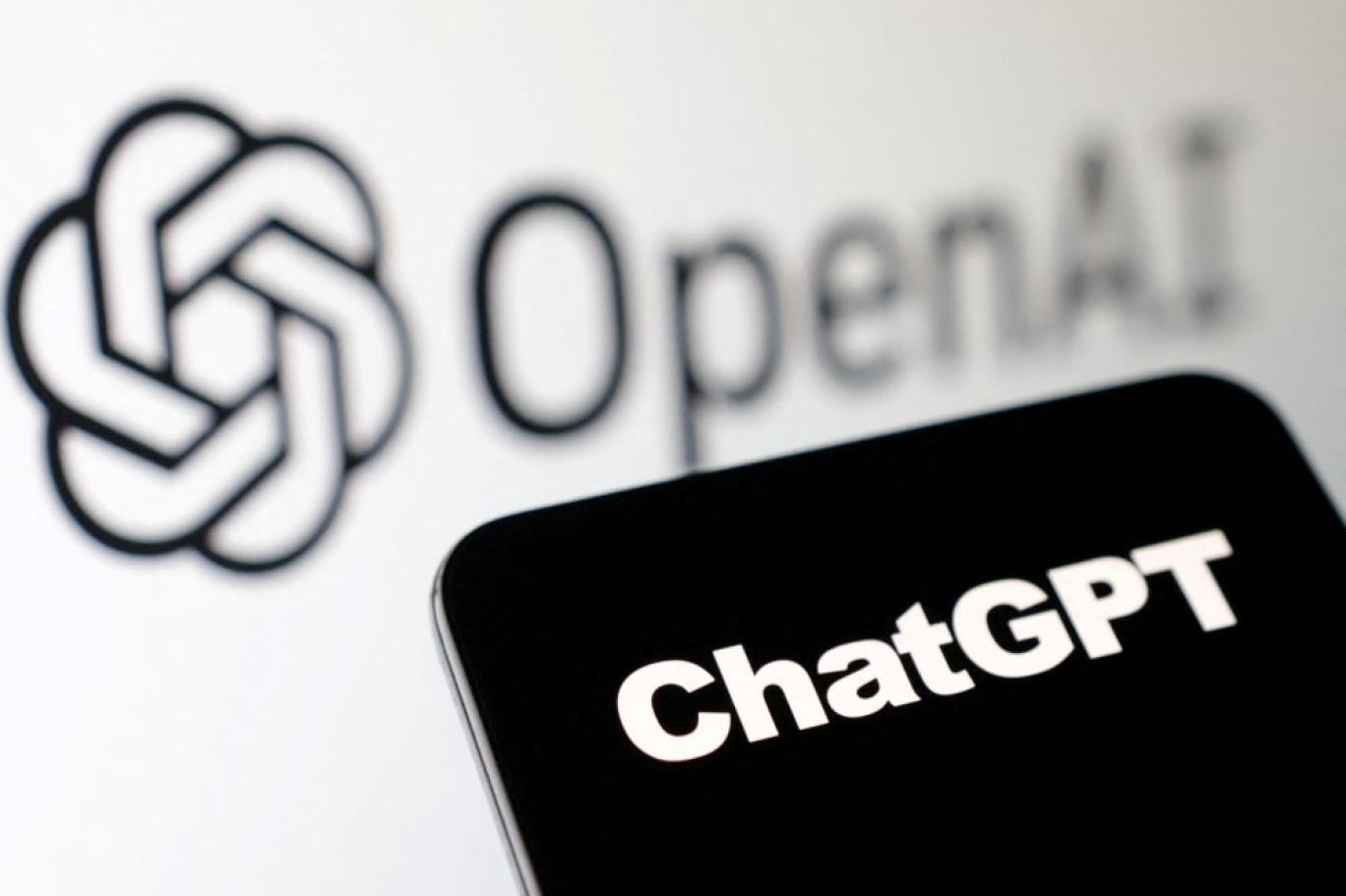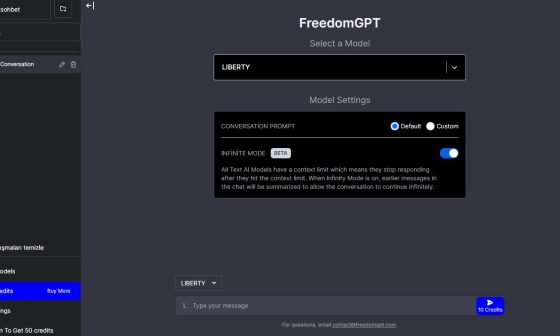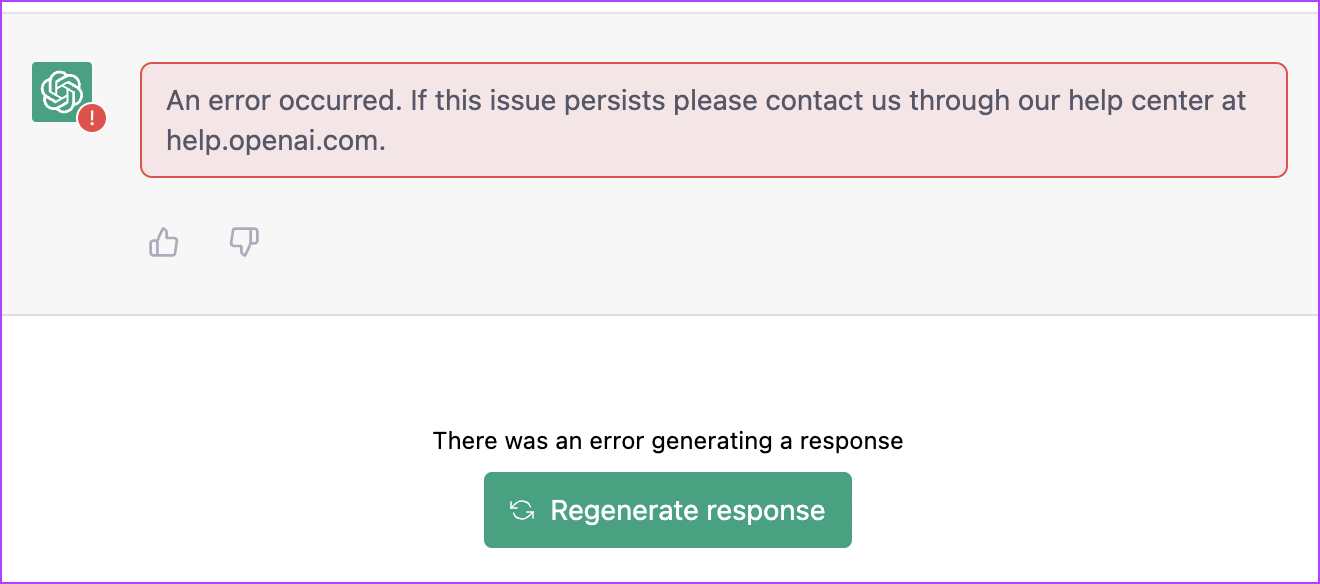ChatGPT has become an internet sensation, dazzling people with its human-like conversational abilities. But how does this artificial intelligence (AI) chatbot actually work? As an AI expert, I recently had an enlightening discussion that breaks down the technical concepts behind ChatGPT into simple terms. This beginner’s guide will unravel the mystery of this brilliant AI.
What does GPT stand for?
GPT stands for Generative Pre-trained Transformer. This is the AI system developed by OpenAI that powers ChatGPT.
- Generative means it can generate or produce its own content like text, code, poetry, and more.
- Pre-trained means it’s first trained on massive amounts of text data to learn the patterns of language.
- Transformer refers to the underlying technology used to build the AI.
So GPT is an AI trained to understand and generate human language in a very advanced way.

Demystifying the Training Process
GPT learns by analyzing enormous datasets of text content. This is called its pre-training phase.
- During pre-training, GPT takes in vast amounts of data like books, websites, and online articles.
- It learns the structures and patterns of human language from these huge text archives.
- This allows GPT to predict upcoming words and generate coherent sentences.
After pre-training, GPT can be fine-tuned on specific tasks to enhance its abilities even further.
The Transformer Architecture
GPT uses something called a transformer to process language. This is the key technology that sets it apart from previous AI systems.
- The transformer uses an attention mechanism to analyze different parts of input text.
- This allows it to learn relationships between words and capture long-range contexts.
- Transformers are very effective at understanding natural language in all its complexity.
Generative Pre-training in Action
After extensive pre-training, GPT can generate amazingly human-like text:
- It can hold conversations, answer questions, and explain concepts it was never explicitly taught.
- GPT can create articles, poetry, code, and other content based on simple text prompts.
- Its writing ability comes entirely from recognizing patterns in its pre-training data.
So while GPT doesn’t actually understand language, its advanced training empowers it to produce eerily eloquent and natural text.
Conclusion
Under the hood, ChatGPT works by leveraging massive datasets, transformer architectures, and generative pre-training. While it may seem like magic, this innovative AI is powered by cutting-edge techniques in machine learning. With a grasp of the core concepts, the inner workings of ChatGPT become far less mystifying. Although significant challenges around ethics and misuse remain, there is no doubt this technology marks a monumental leap in natural language processing.






